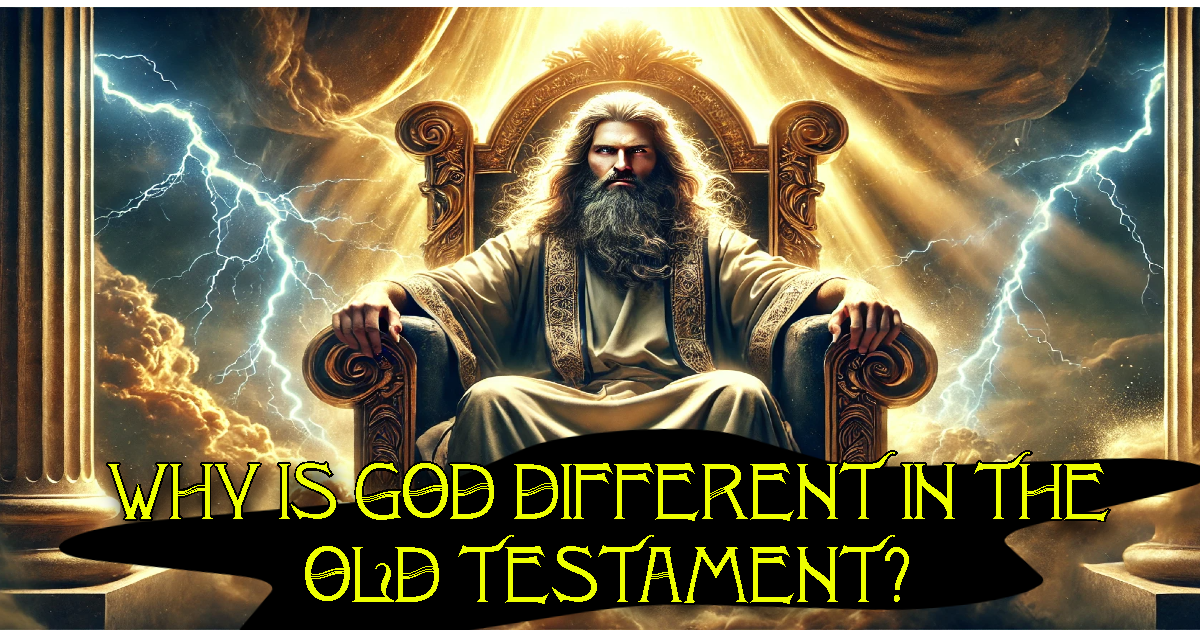The Bible presents two seemingly contrasting portraits of God: the wrathful, justice-driven deity of the Old Testament and the loving, merciful figure in the New Testament. Many evangelical theologians explain this by claiming it’s the same God, but His character is revealed differently due to the progression of human understanding and the covenant changes through Jesus Christ.
However, a closer look into the history of the biblical manuscripts suggests that this explanation might not fully hold up. Ancient texts and scholarly analysis reveal inconsistencies that challenge traditional evangelical interpretations.
Opposing Evidences from Historical Manuscripts
- Documentary Hypothesis (J, E, D, P Sources): The Old Testament, particularly the Torah, appears to be a compilation of multiple sources, each portraying God differently. The Yahwist (J) source shows a more personal, anthropomorphic God, while the Priestly (P) source emphasizes a distant, rule-bound deity. This suggests different communities with differing theological views contributed to the biblical image of God.
- Development of Monotheism: Early Israelite religion was likely henotheistic, acknowledging many gods but worshiping one supreme deity (Yahweh). Over time, this evolved into strict monotheism. The shift from a jealous, war-like Yahweh to a universal, benevolent God reflects changing religious and cultural contexts rather than a consistent divine character.
- Influence of Hellenistic Philosophy: The New Testament was written in a world steeped in Greek philosophical ideas, especially concepts of divine love, logos, and moral perfection. The portrayal of God in the New Testament, particularly in the writings of Paul and John, shows clear influences from Hellenistic thought, creating a stark contrast to the Old Testament deity.
- Manuscript Variations: The Dead Sea Scrolls and other ancient manuscripts reveal variations in biblical texts, indicating that the scriptures were not static. Some passages that depict a harsher God are absent or altered in different manuscript traditions, pointing to editorial shaping over time.
What Do These Evidences Reveal?
These evidences suggest that the Bible is not a monolithic, divinely dictated book but rather a collection of texts shaped by diverse authors, cultures, and historical contexts. The apparent difference between the Old and New Testament depictions of God is not merely a matter of progressive revelation but reflects theological evolution influenced by societal changes, philosophical developments, and editorial decisions.
Additional Insights from Ancient Manuscripts
- Ugaritic Texts: These ancient writings from the Near East show striking similarities to Old Testament descriptions of God, particularly in His warrior and storm-god attributes, suggesting shared mythological roots.
- Septuagint Variations: The Greek translation of the Hebrew Bible (Septuagint) often differs significantly from the Masoretic Text, revealing how translation and cultural context impacted theological concepts.
Summary
The contrasting portrayals of God in the Old and New Testaments reflect historical, cultural, and theological shifts rather than a simple narrative of divine revelation. Understanding the Bible’s complex development helps us see that these differences are rooted in human history as much as in religious doctrine.
Sources
- The Documentary Hypothesis by Julius Wellhausen
- The Evolution of God by Robert Wright
- The Dead Sea Scrolls (Qumran Manuscripts)
- The Ugaritic Texts (Ras Shamra Tablets)
- The Septuagint and the Masoretic Text: A Comparative Study by Emanuel Tov
Dare to question. Dare to understand.

